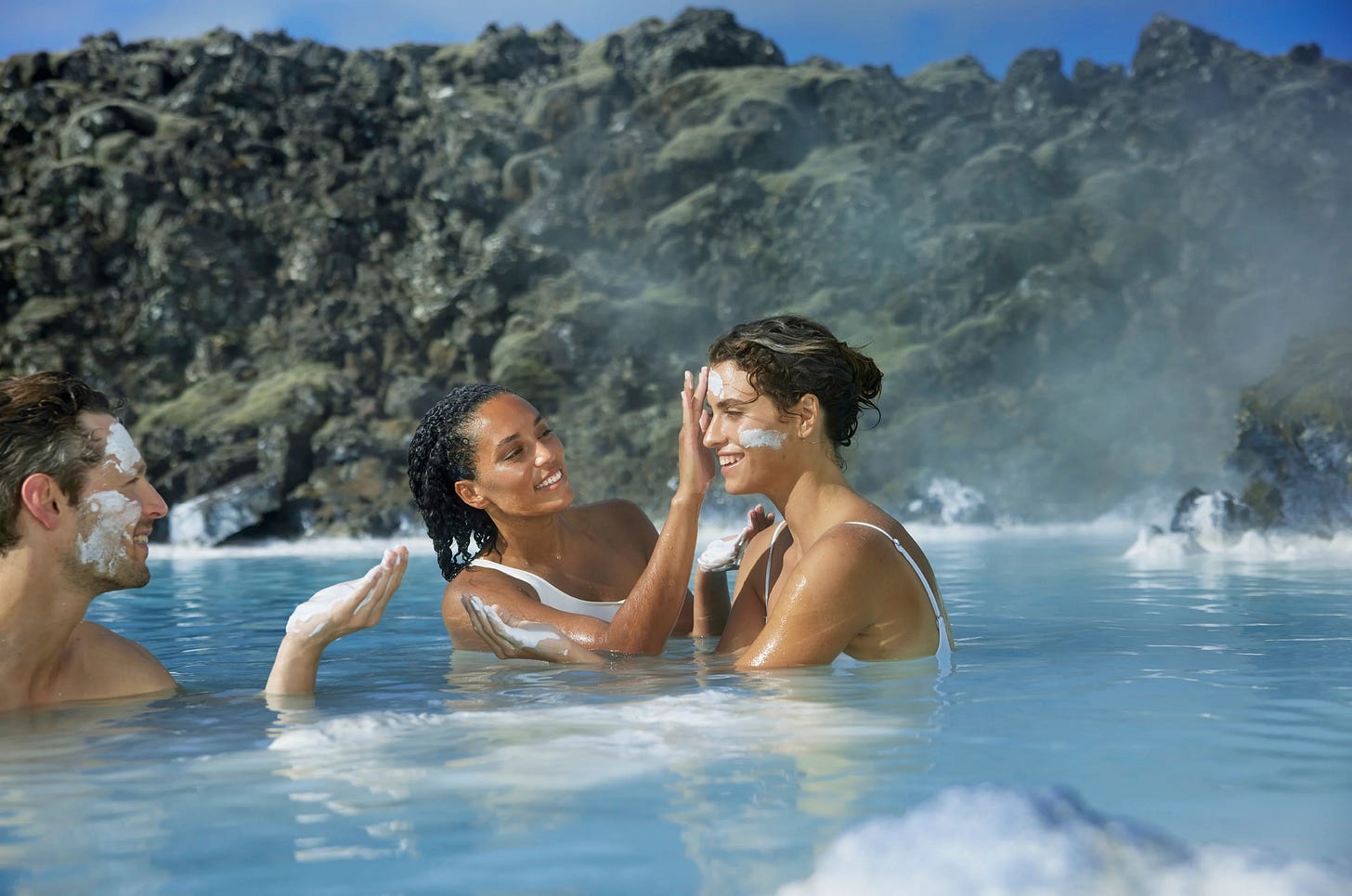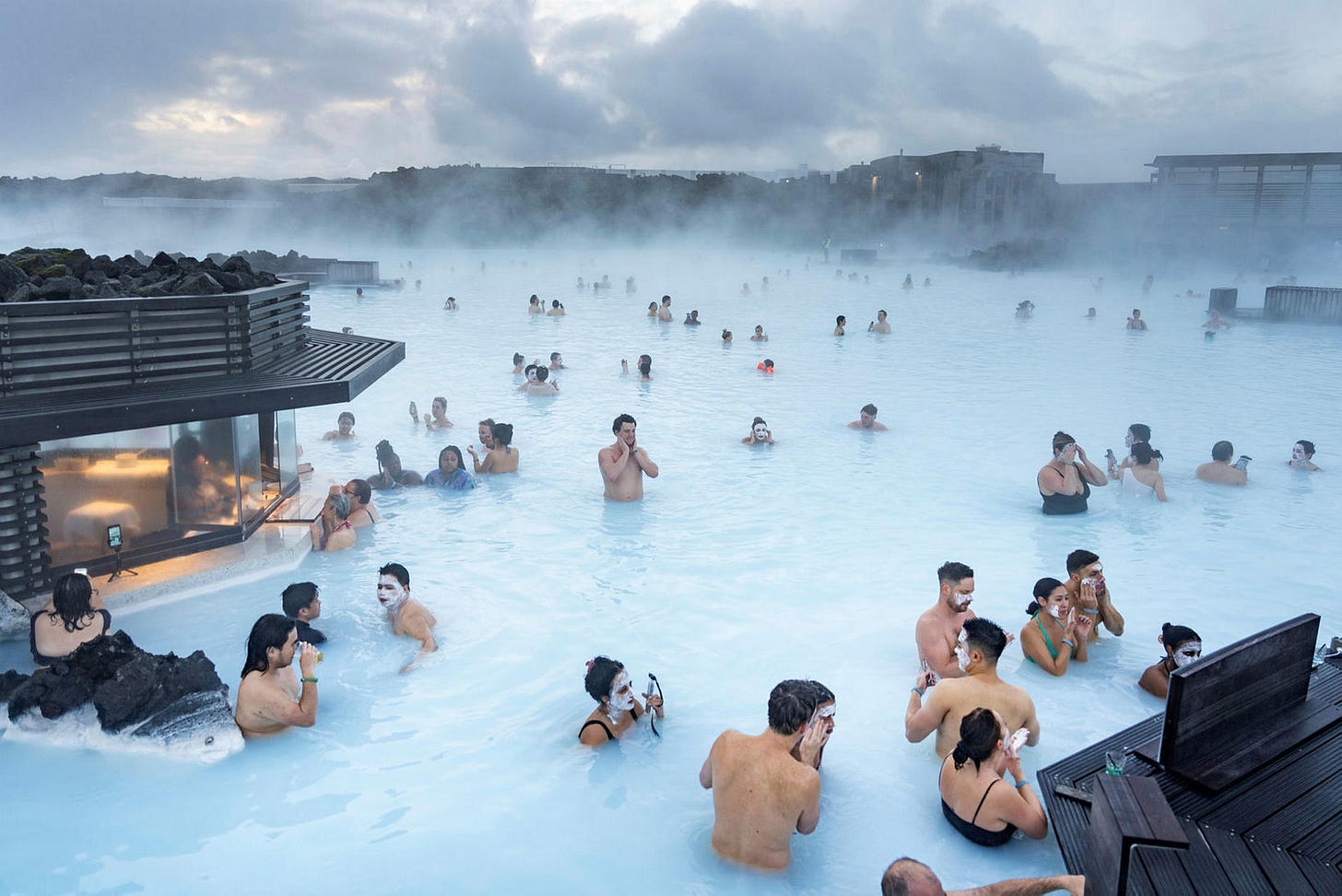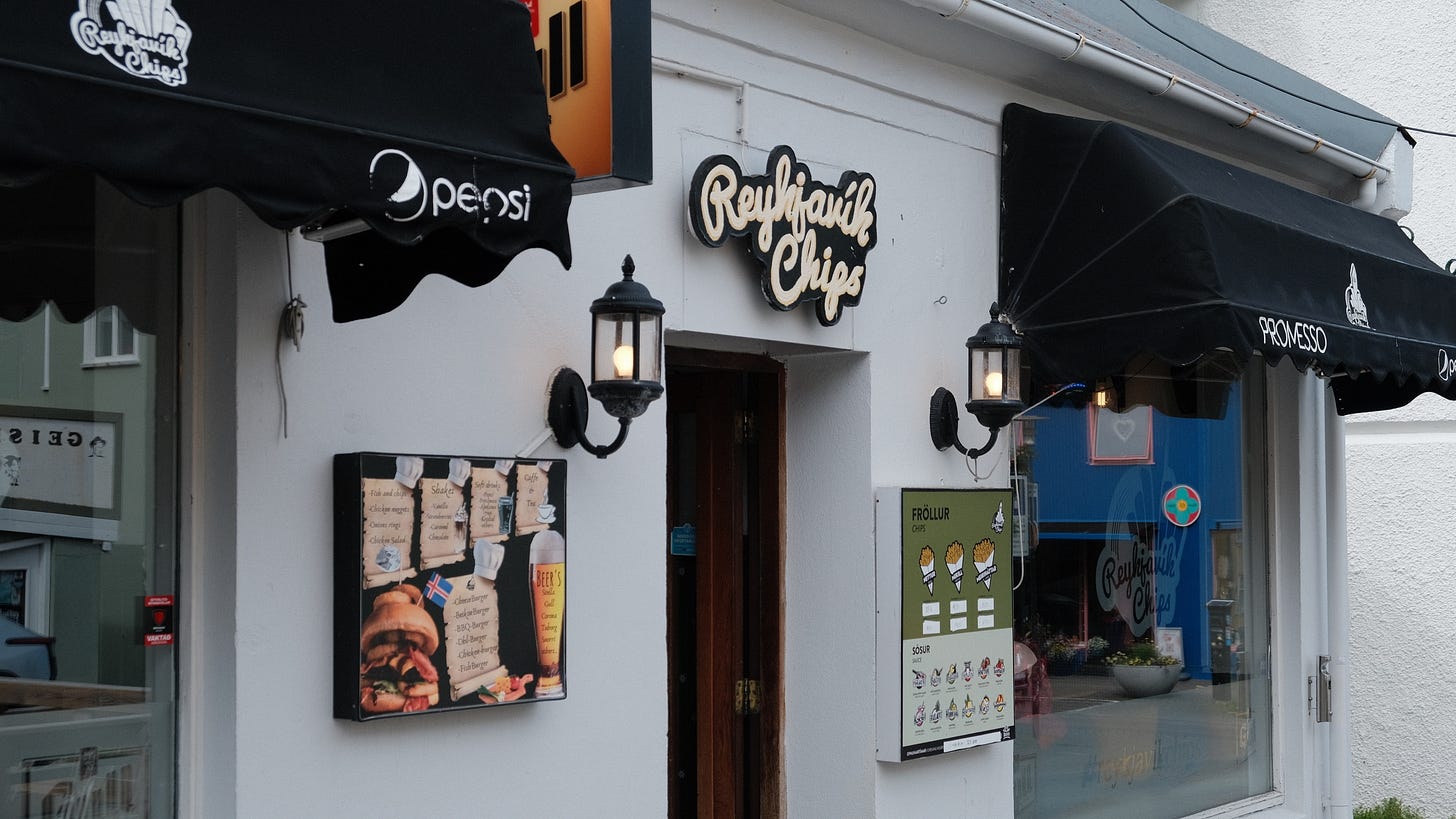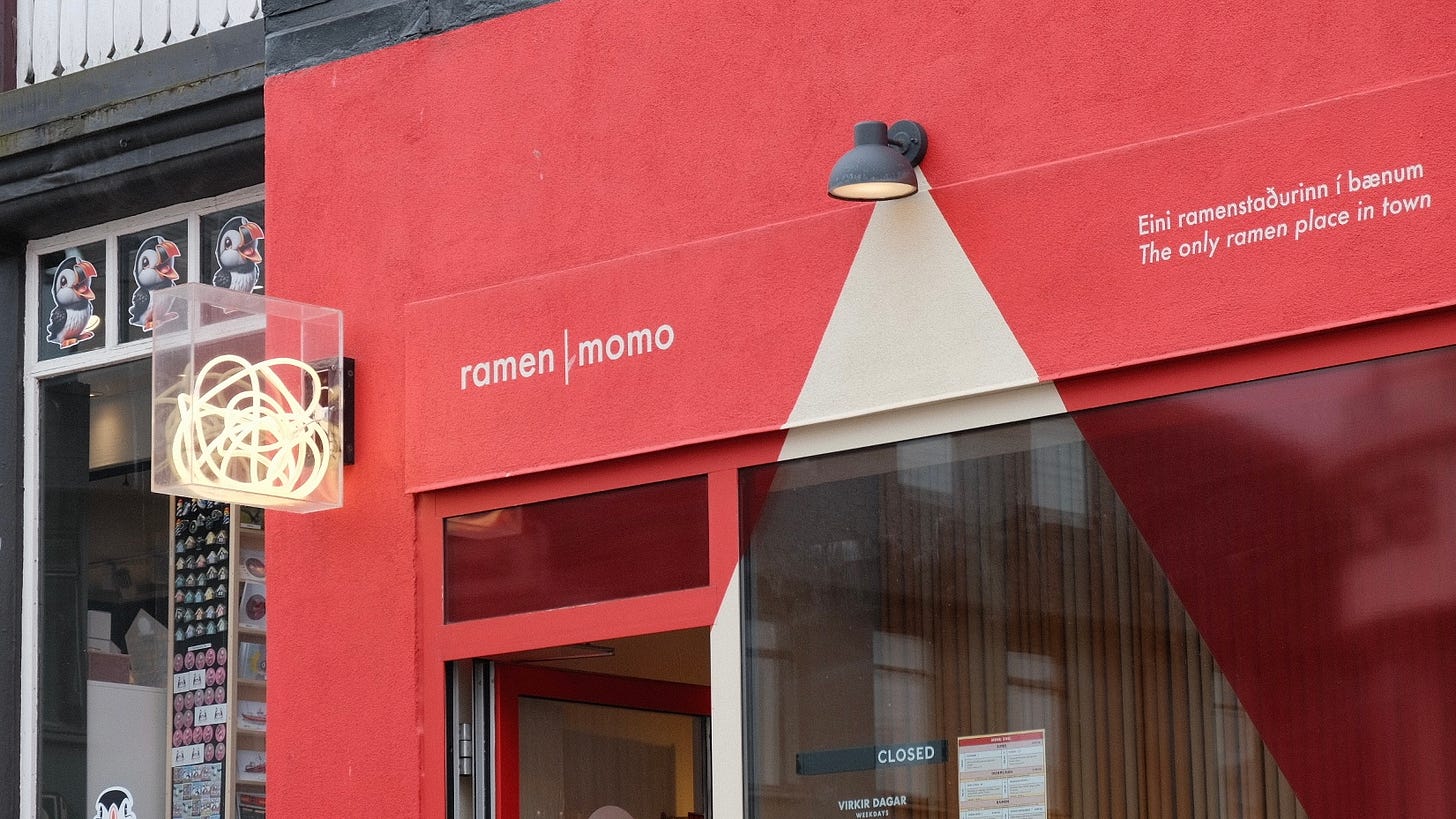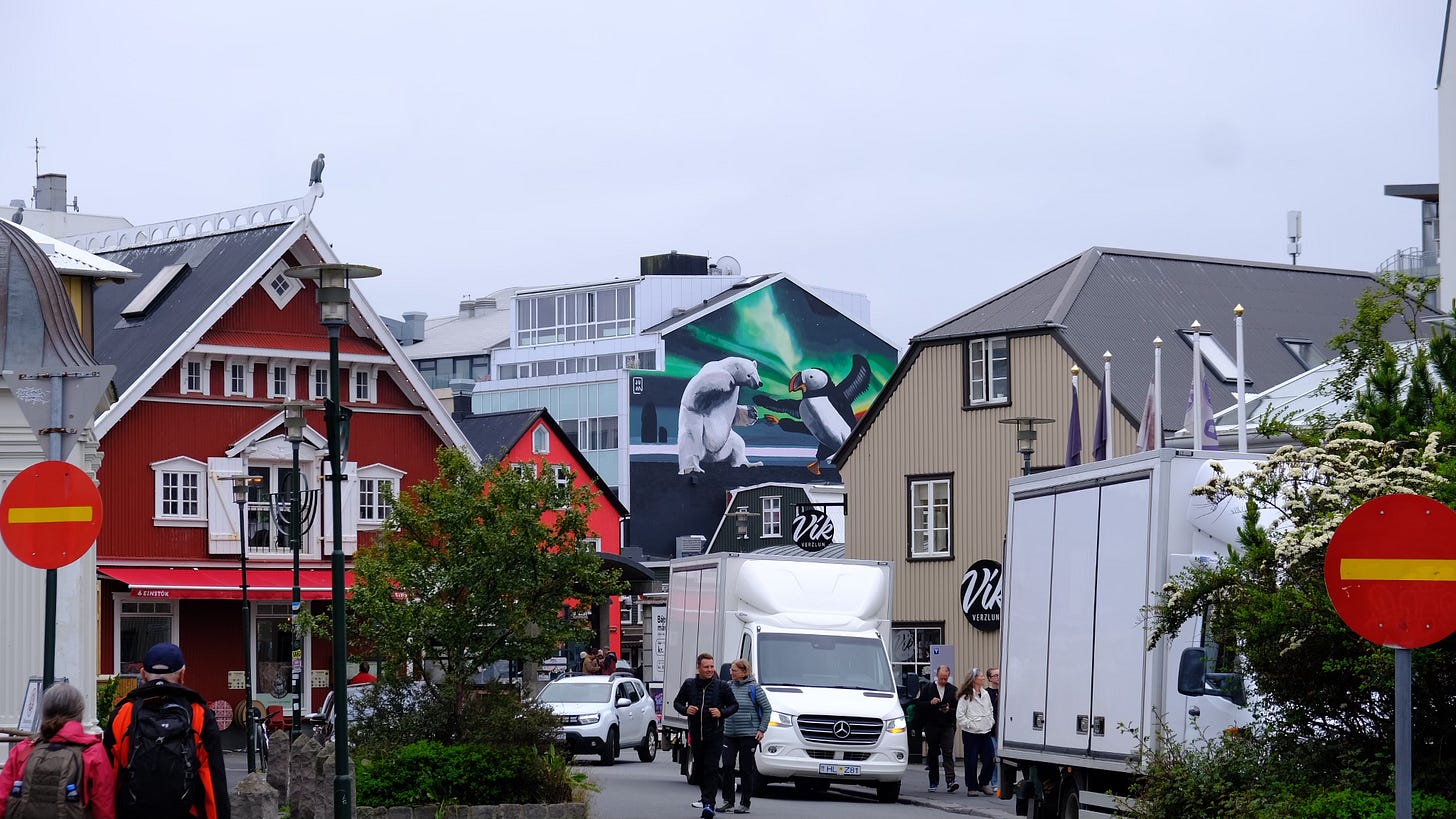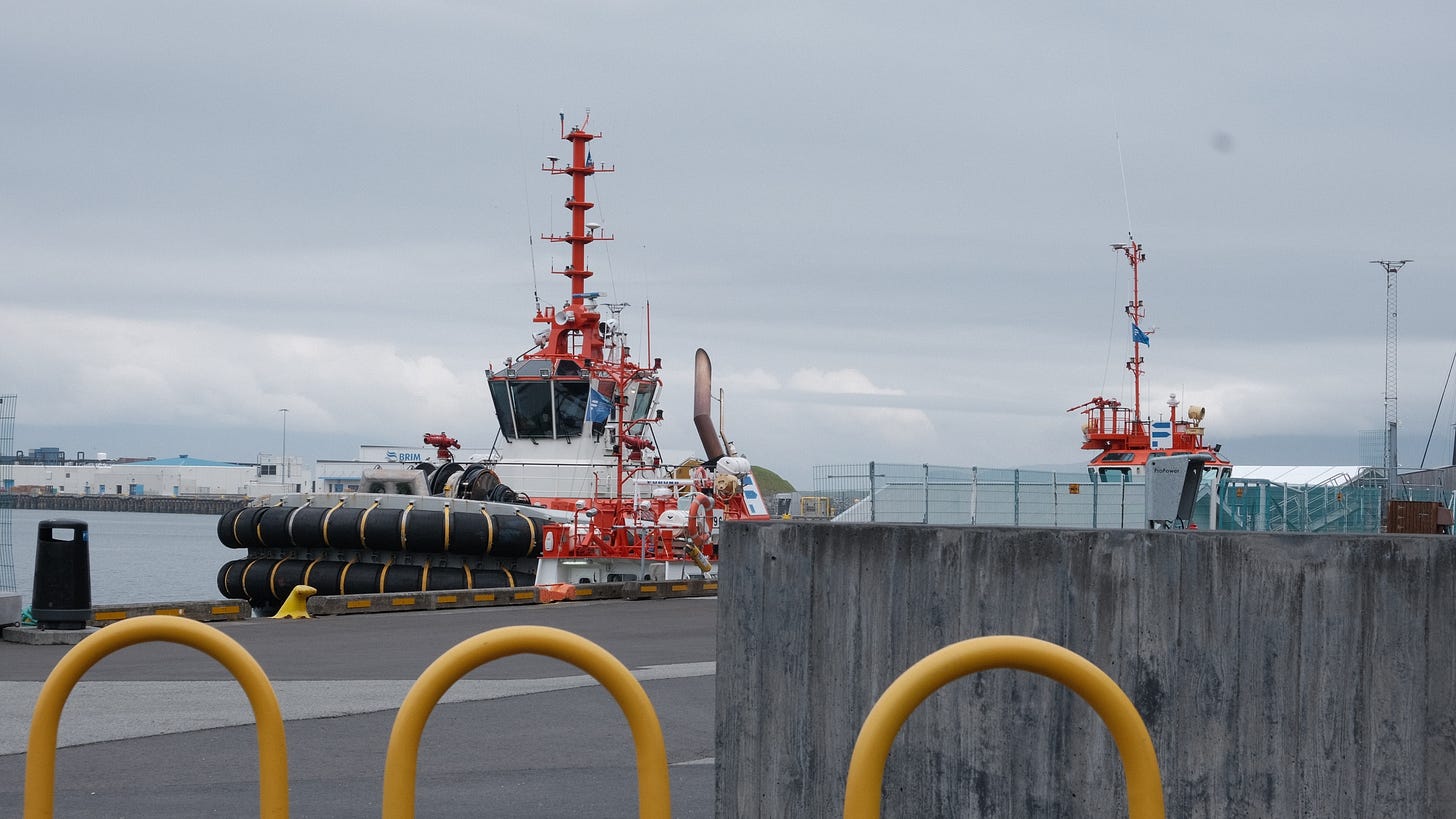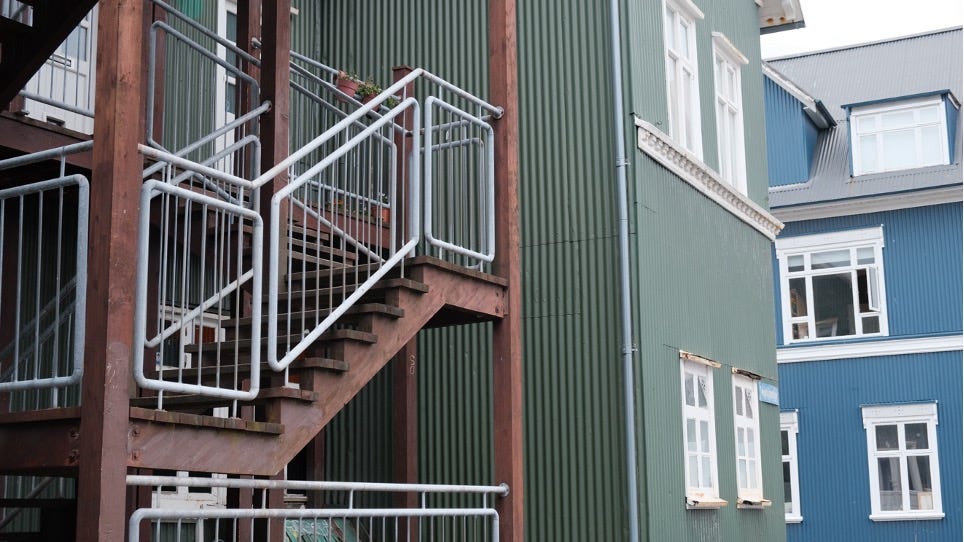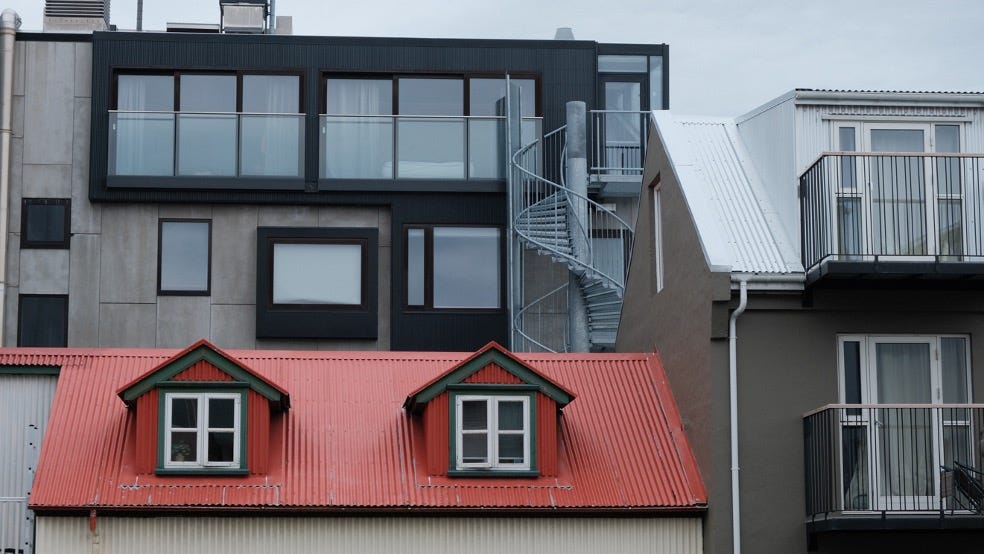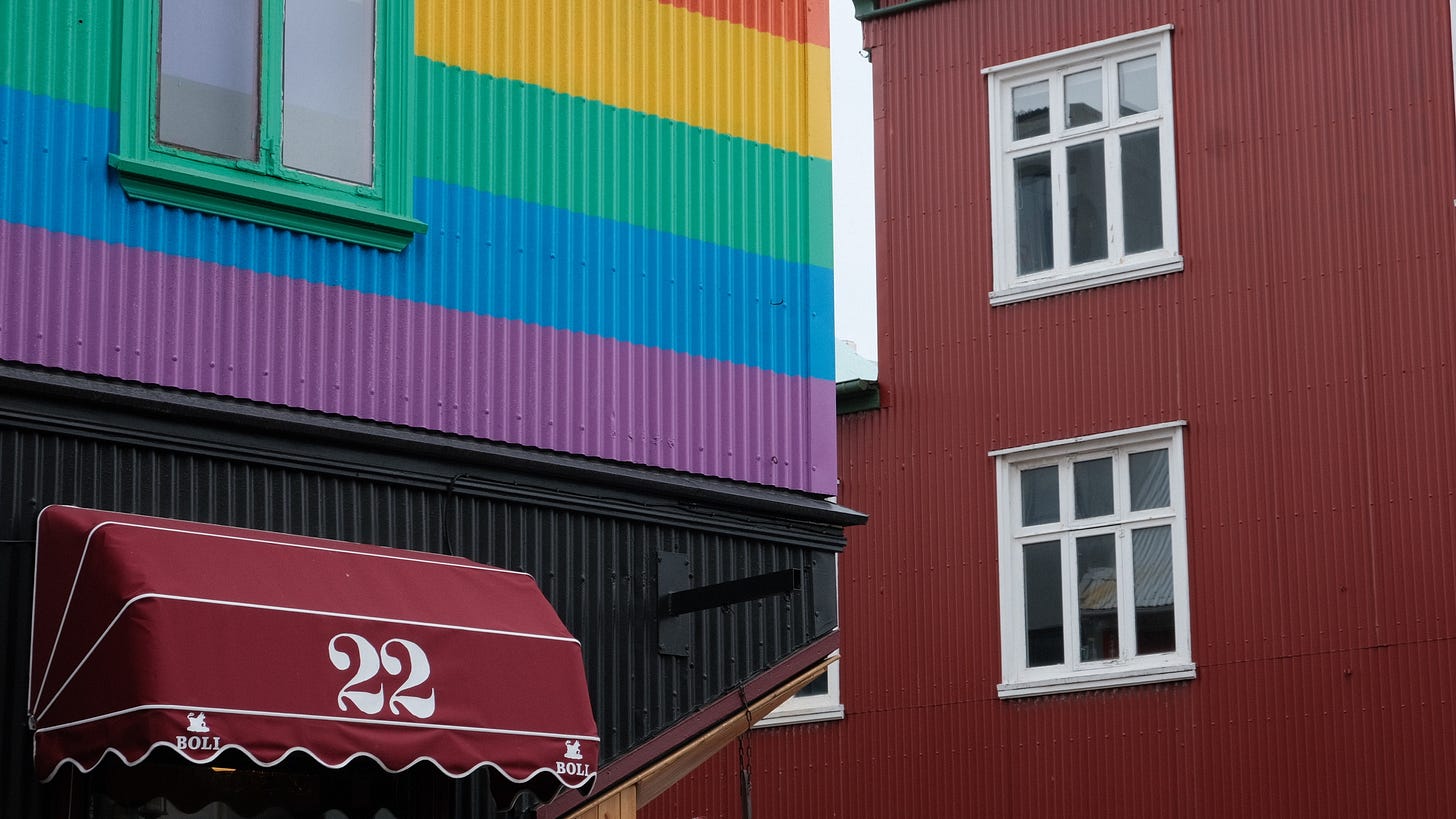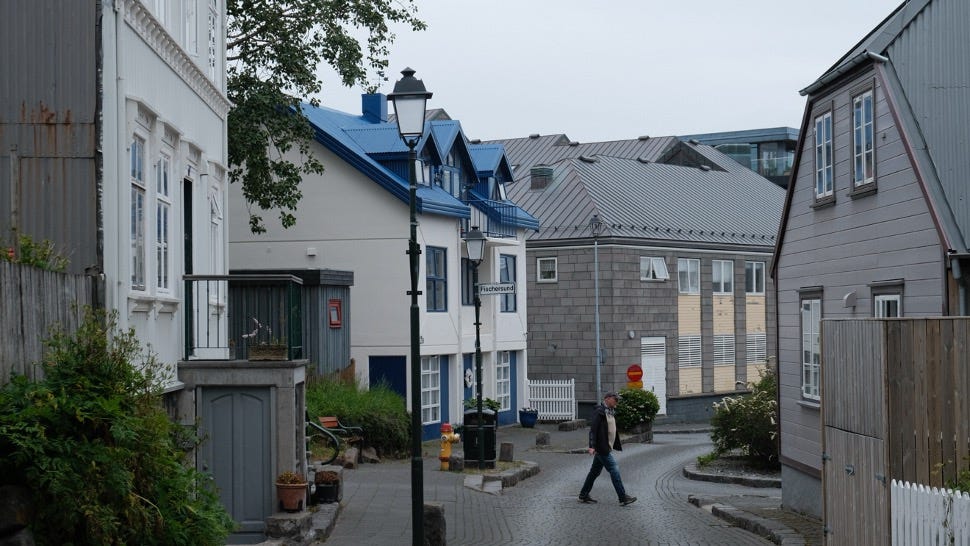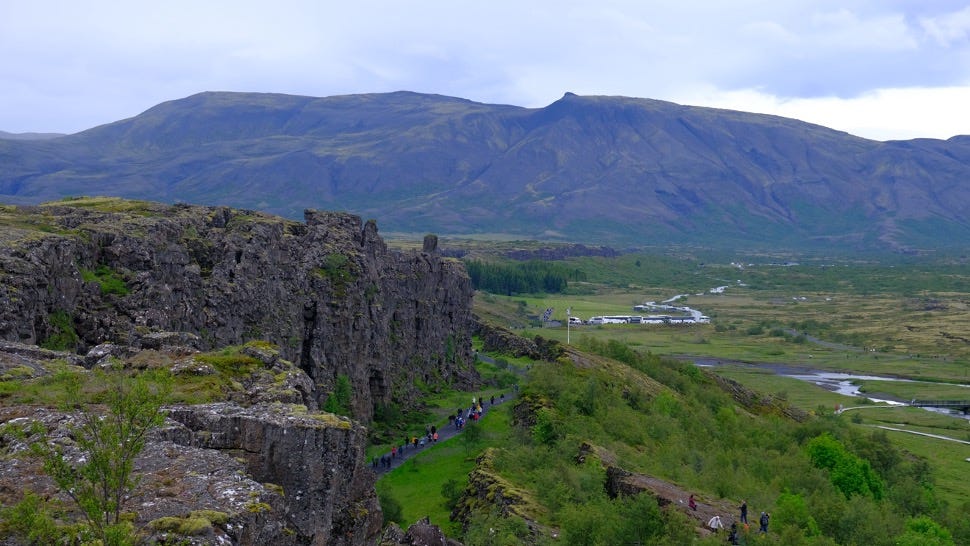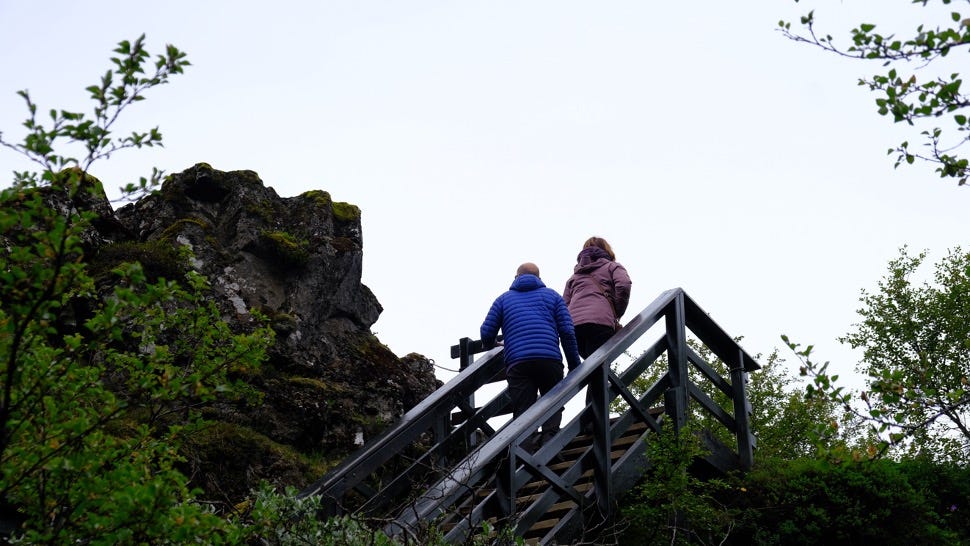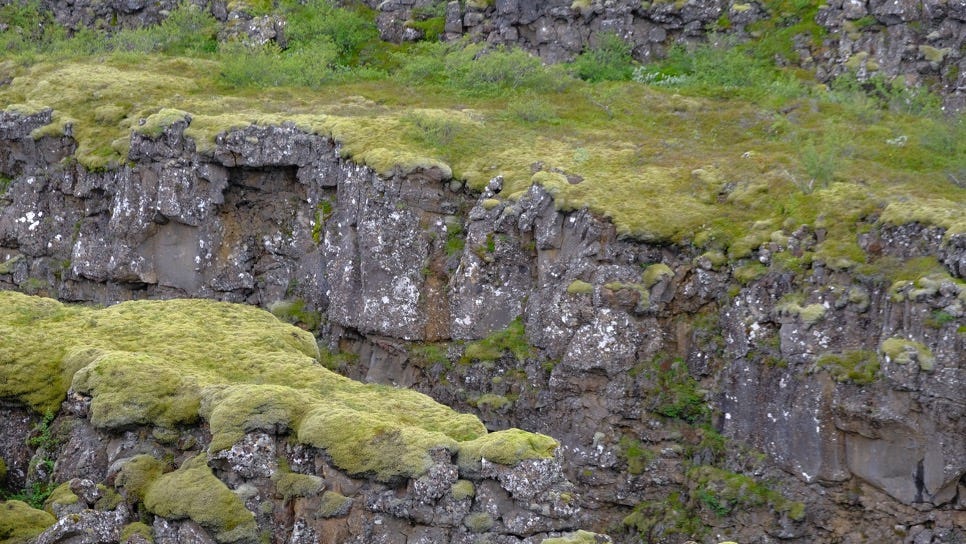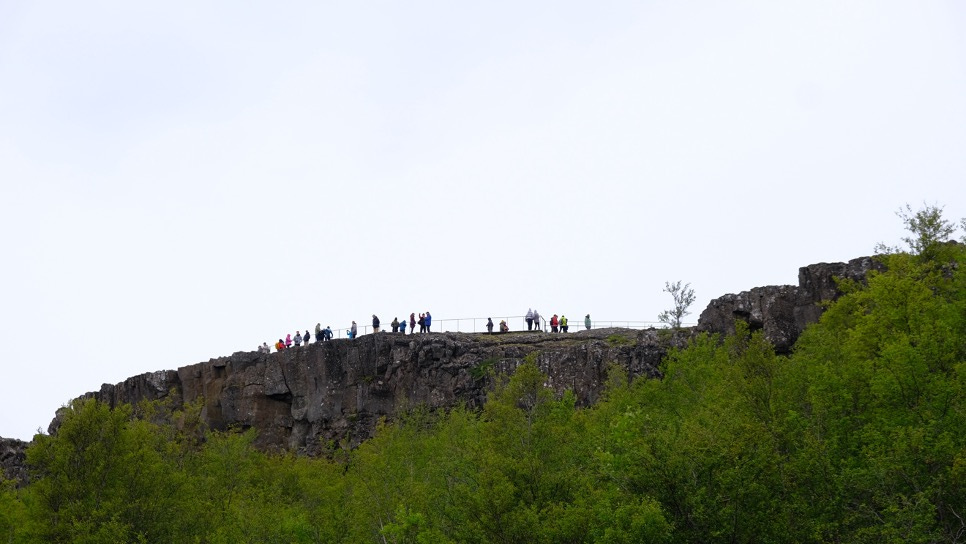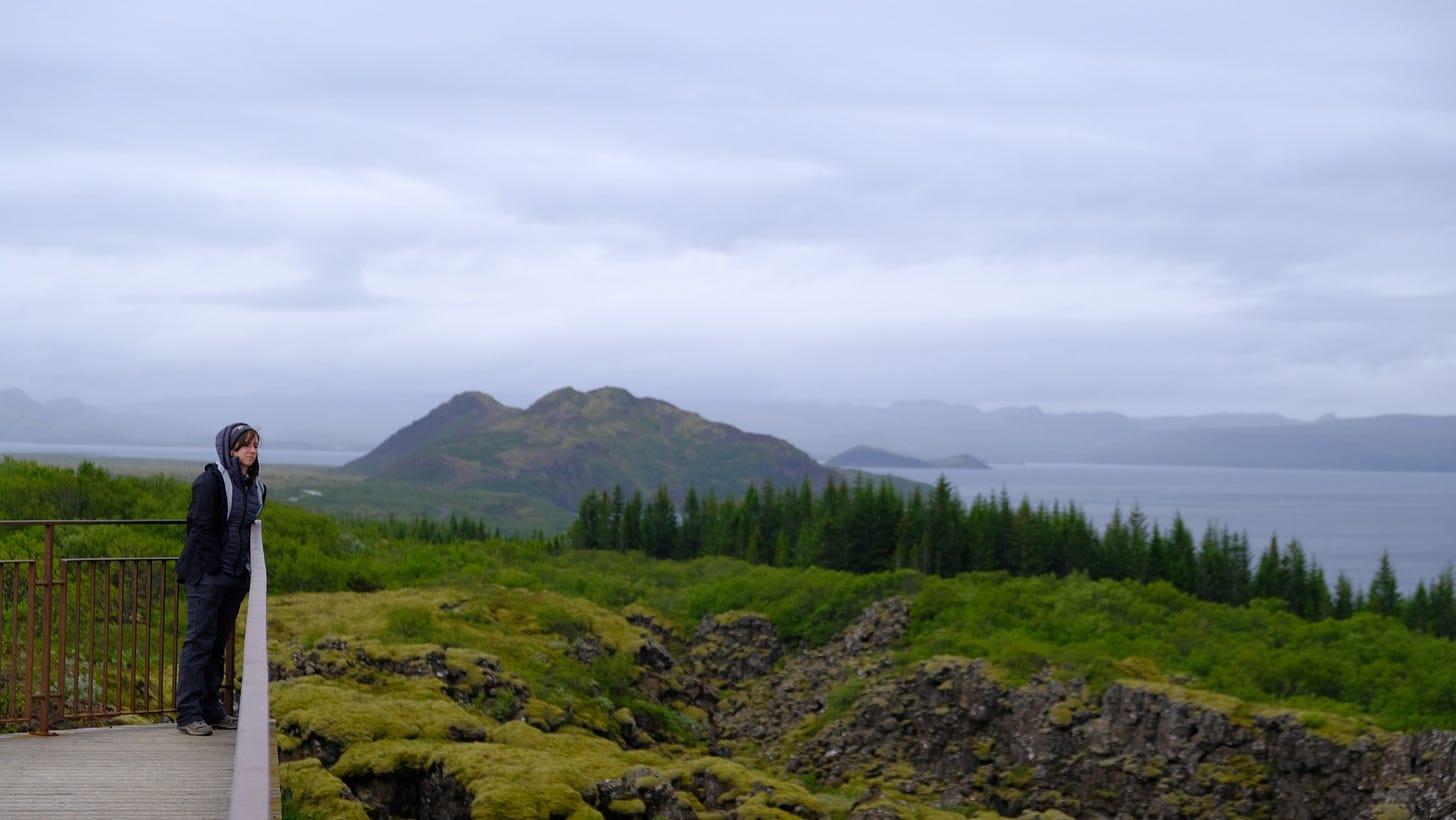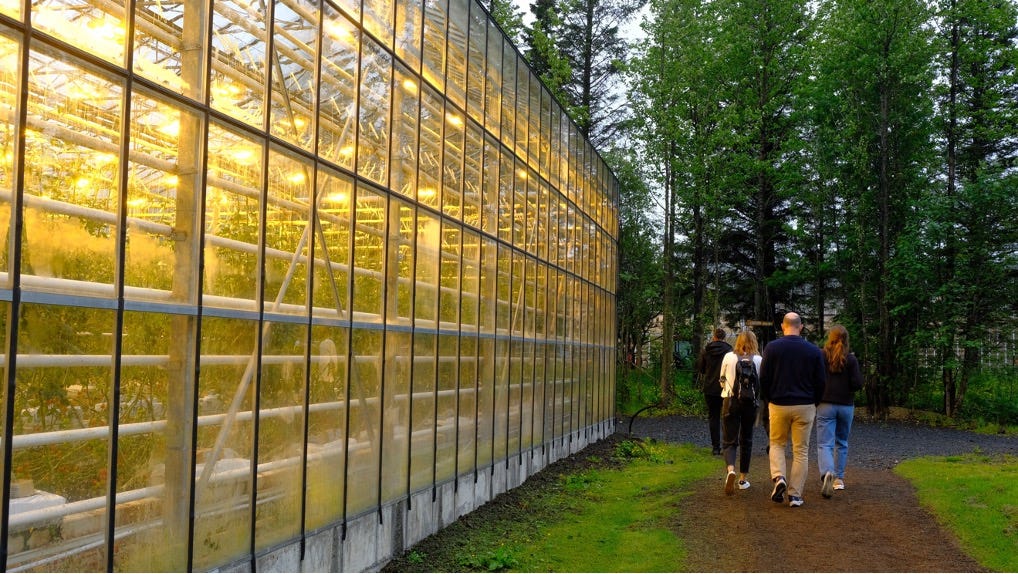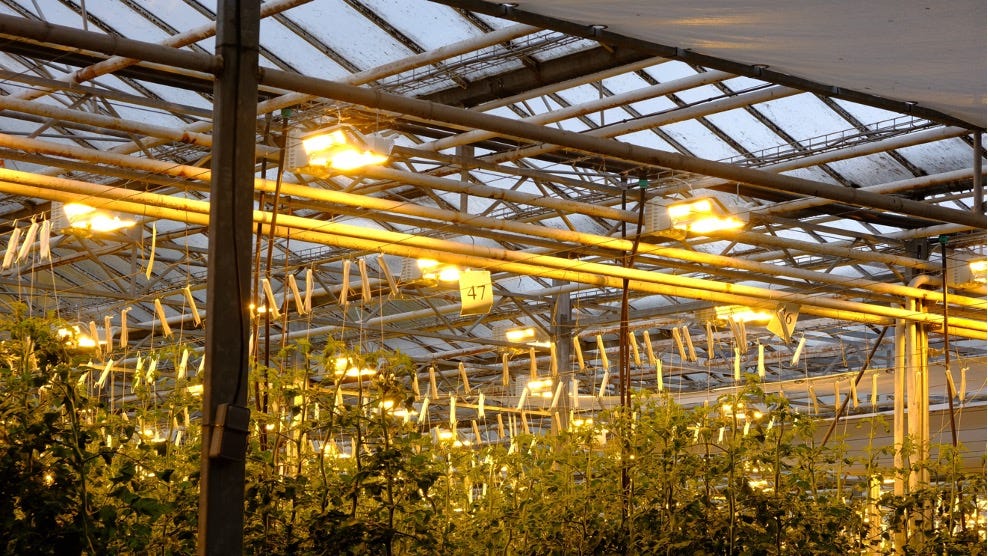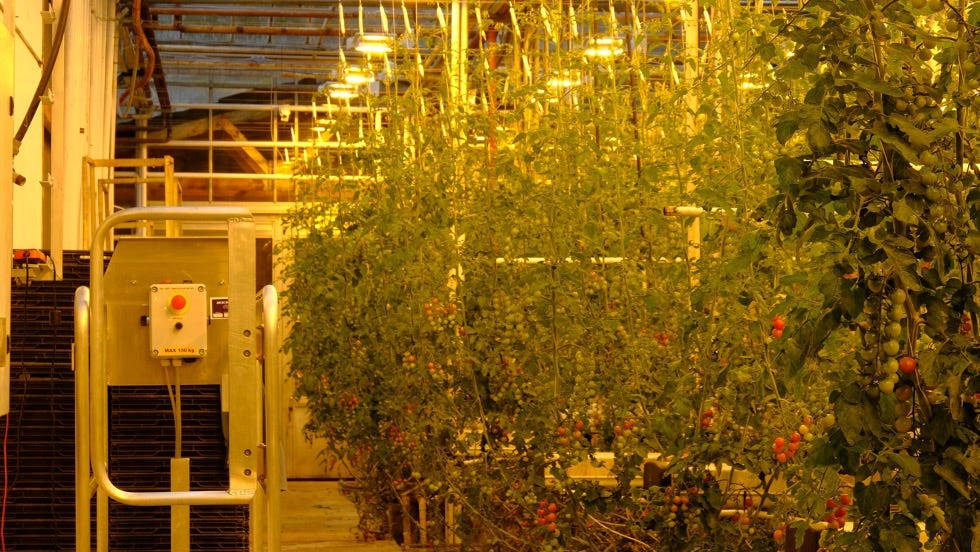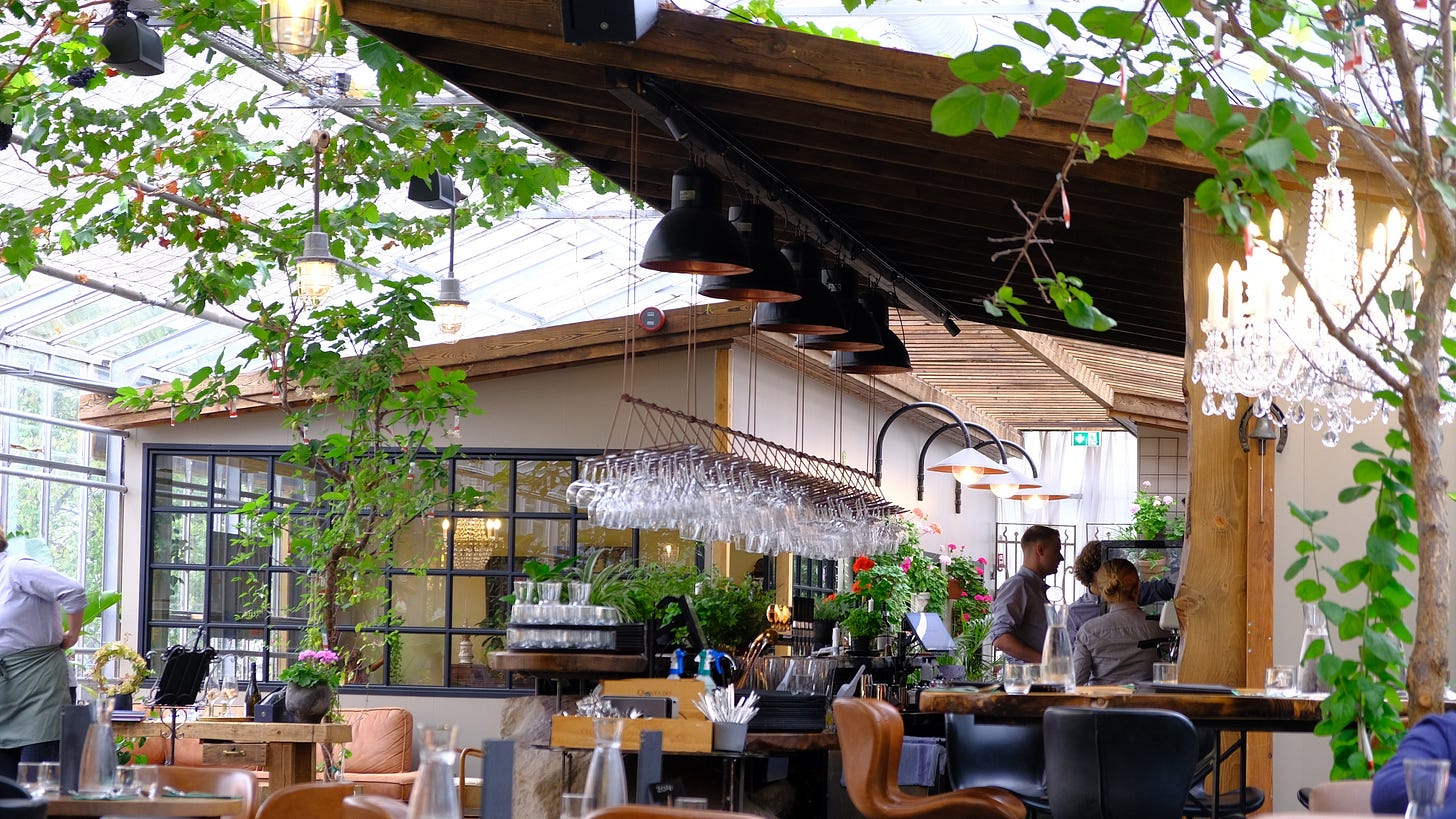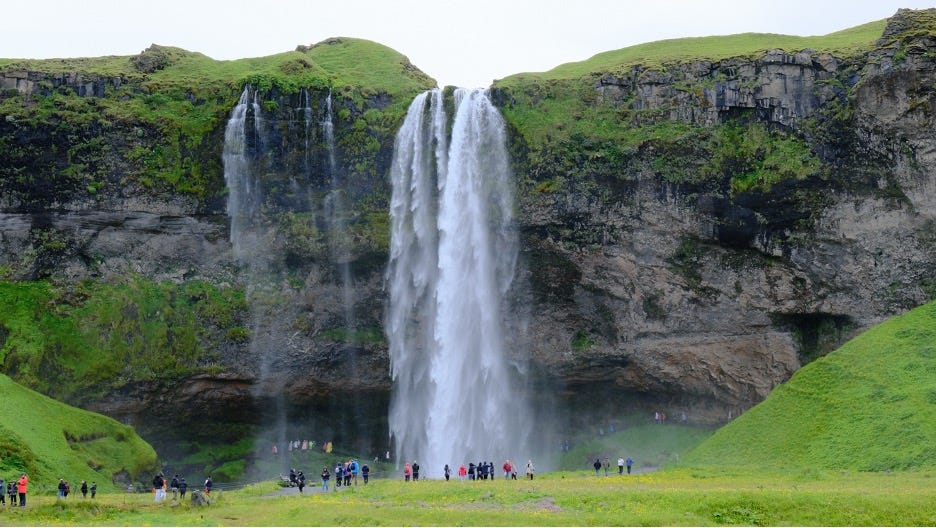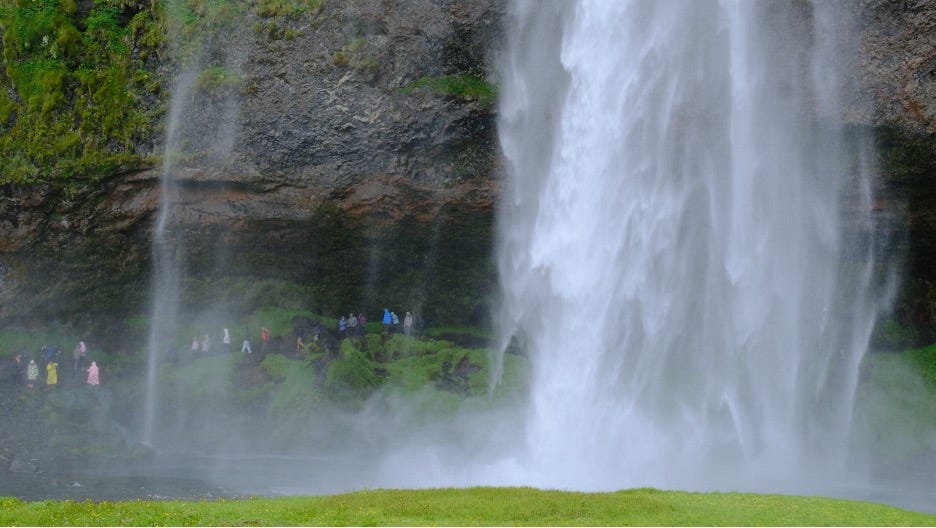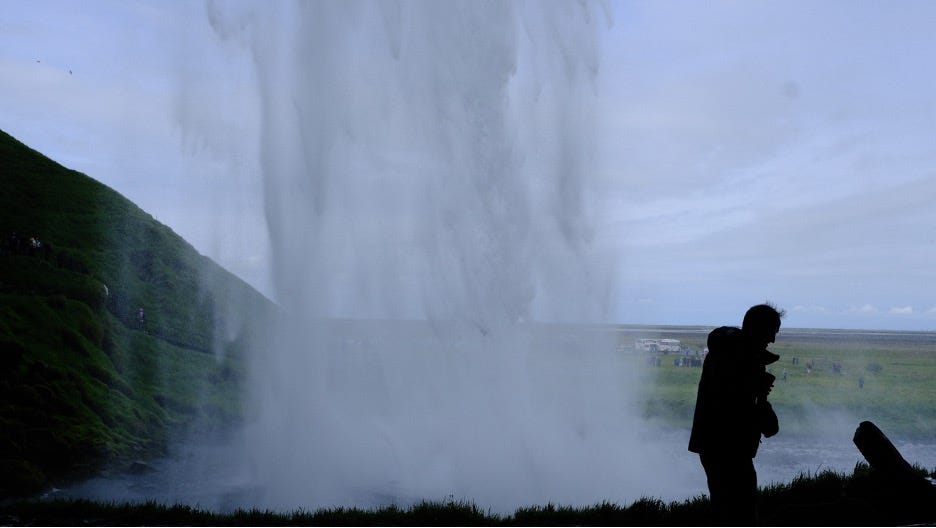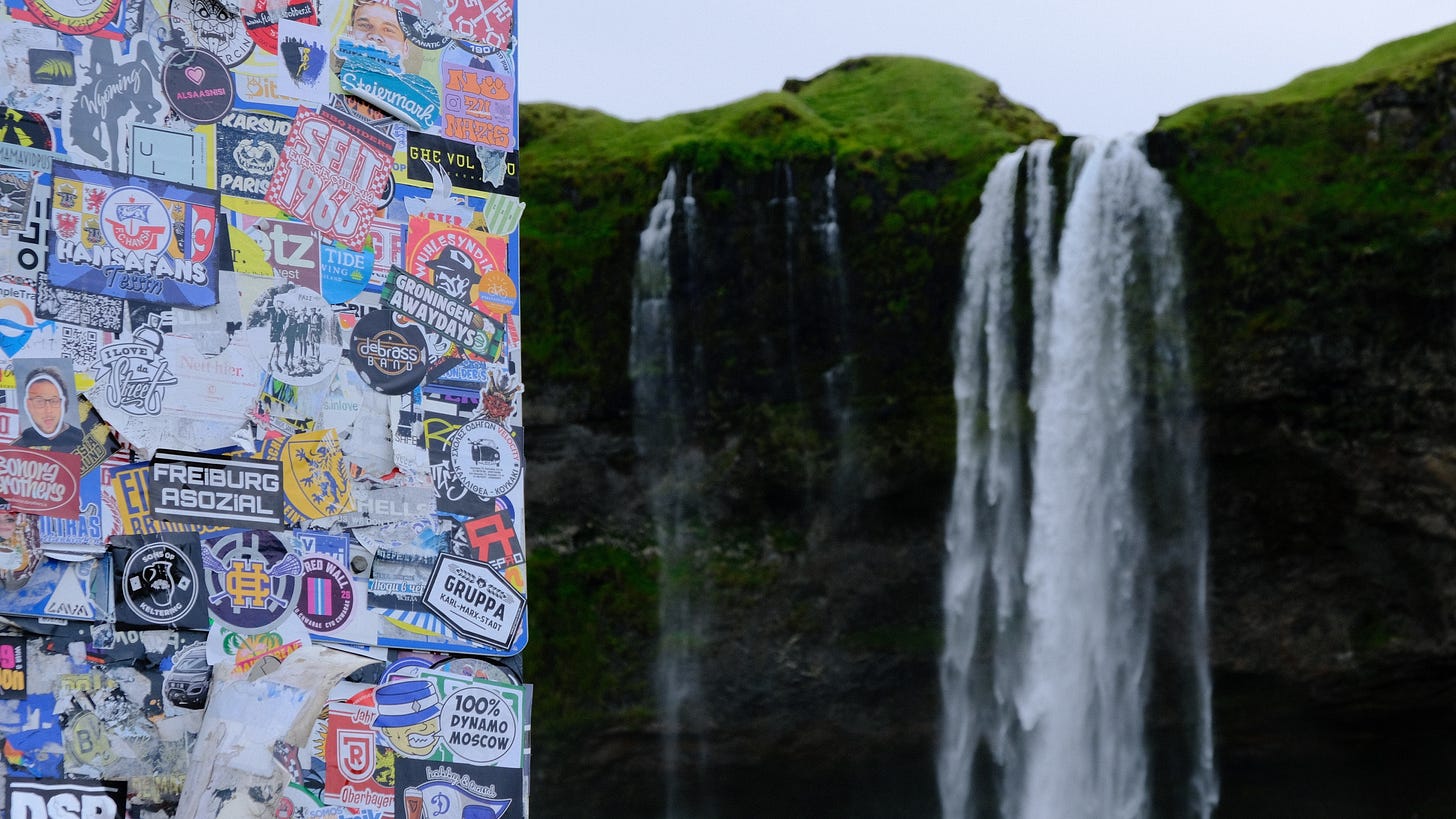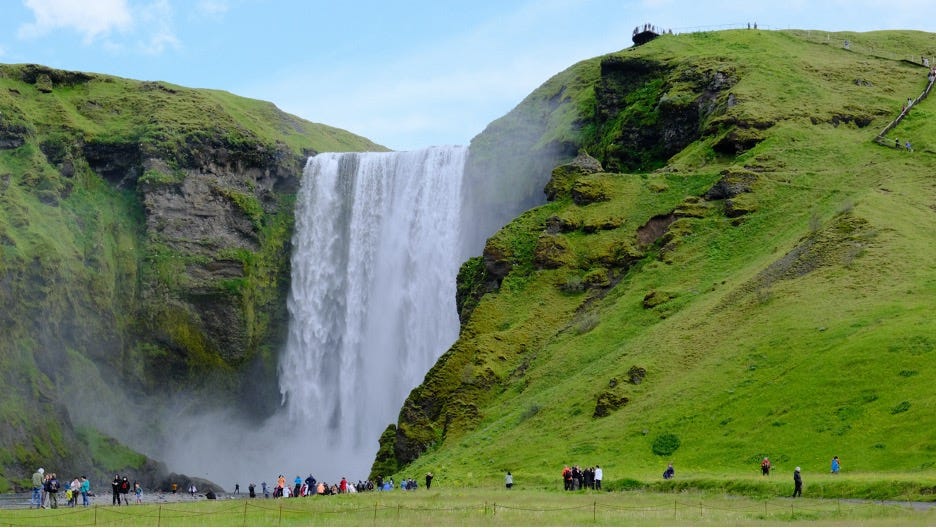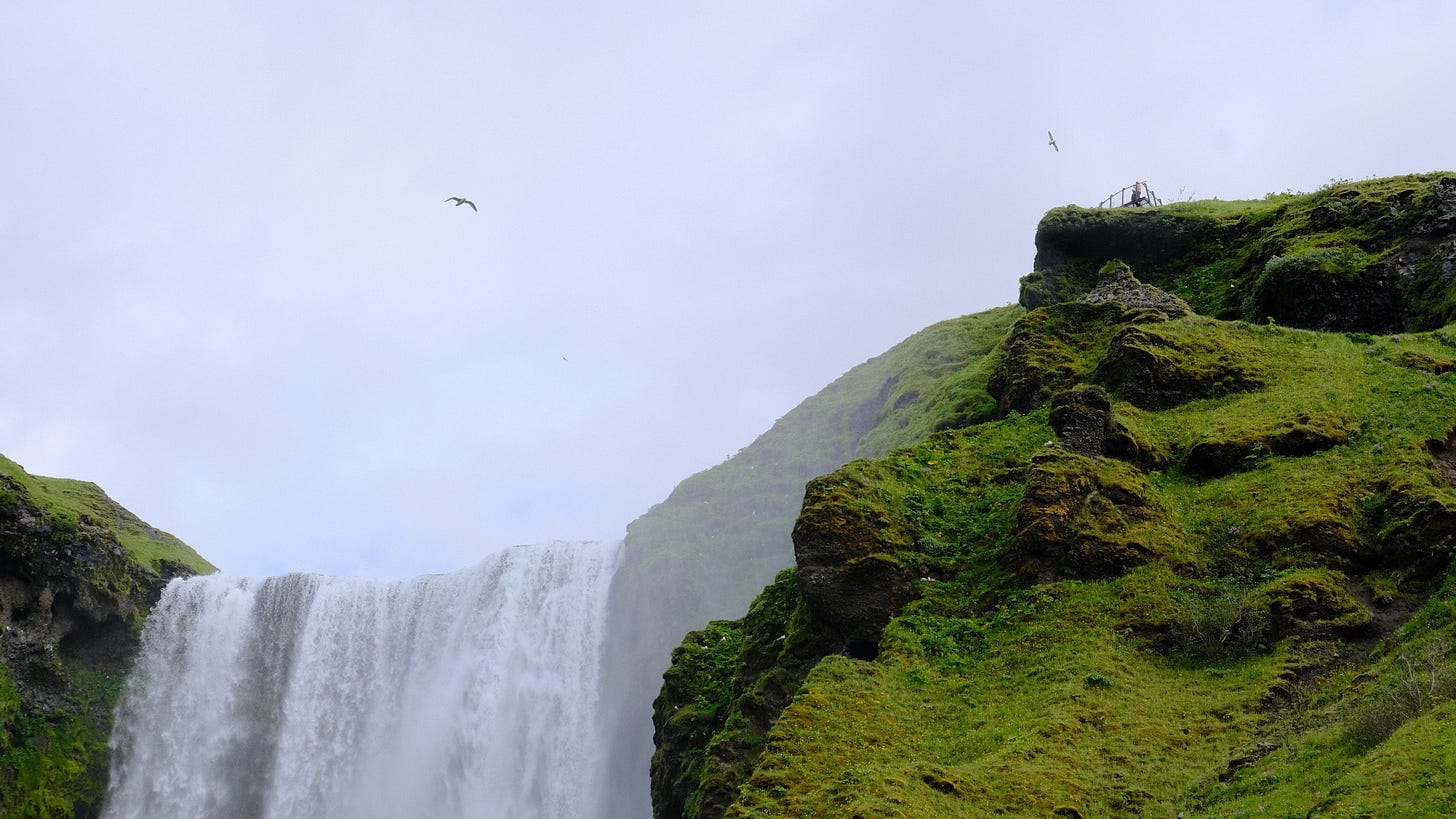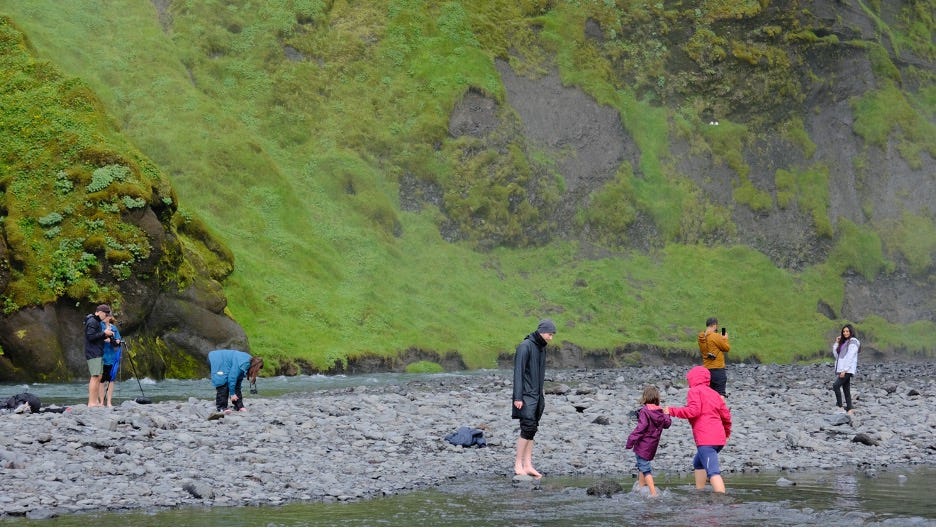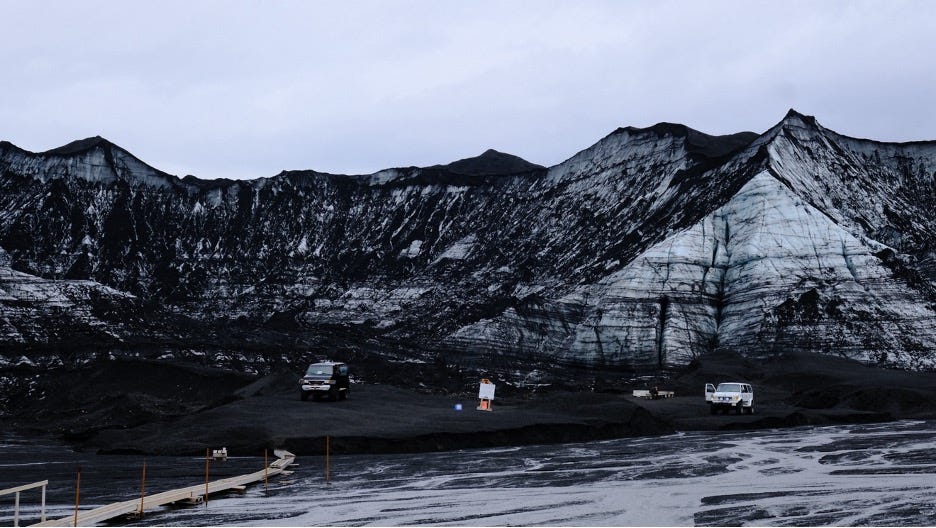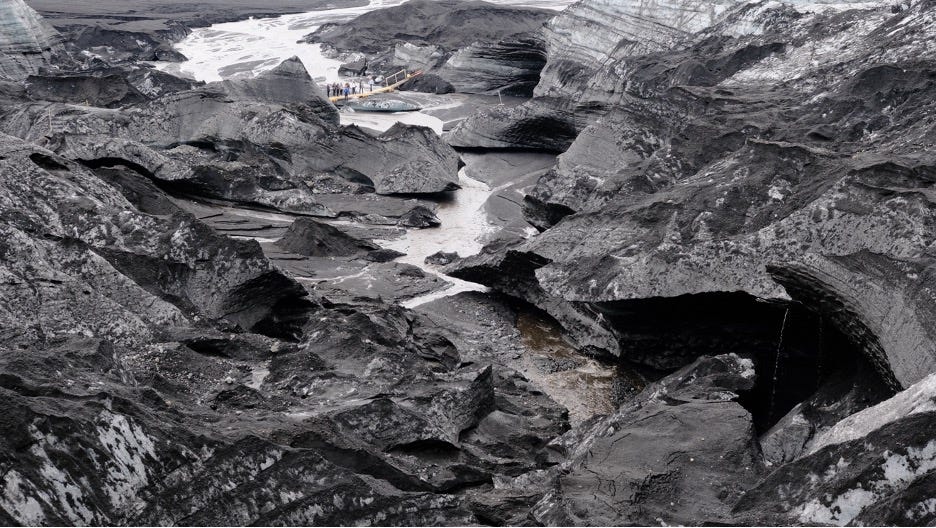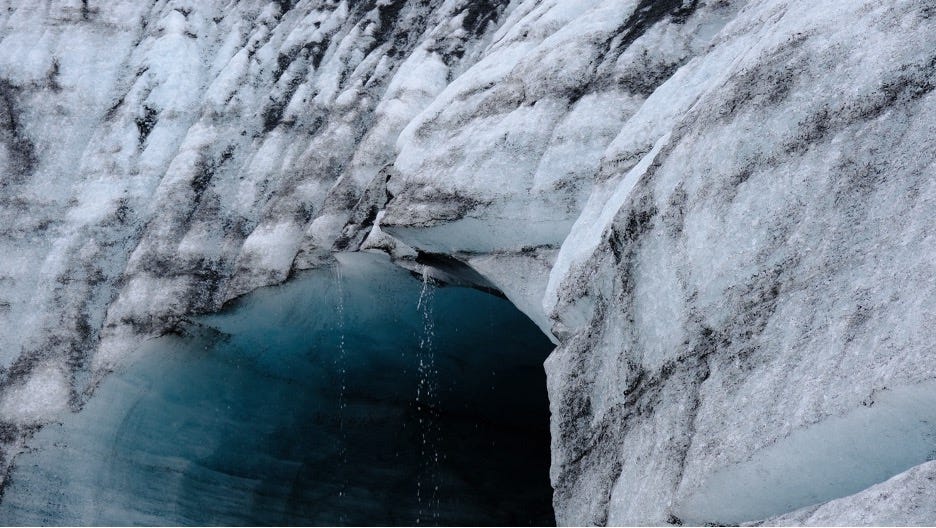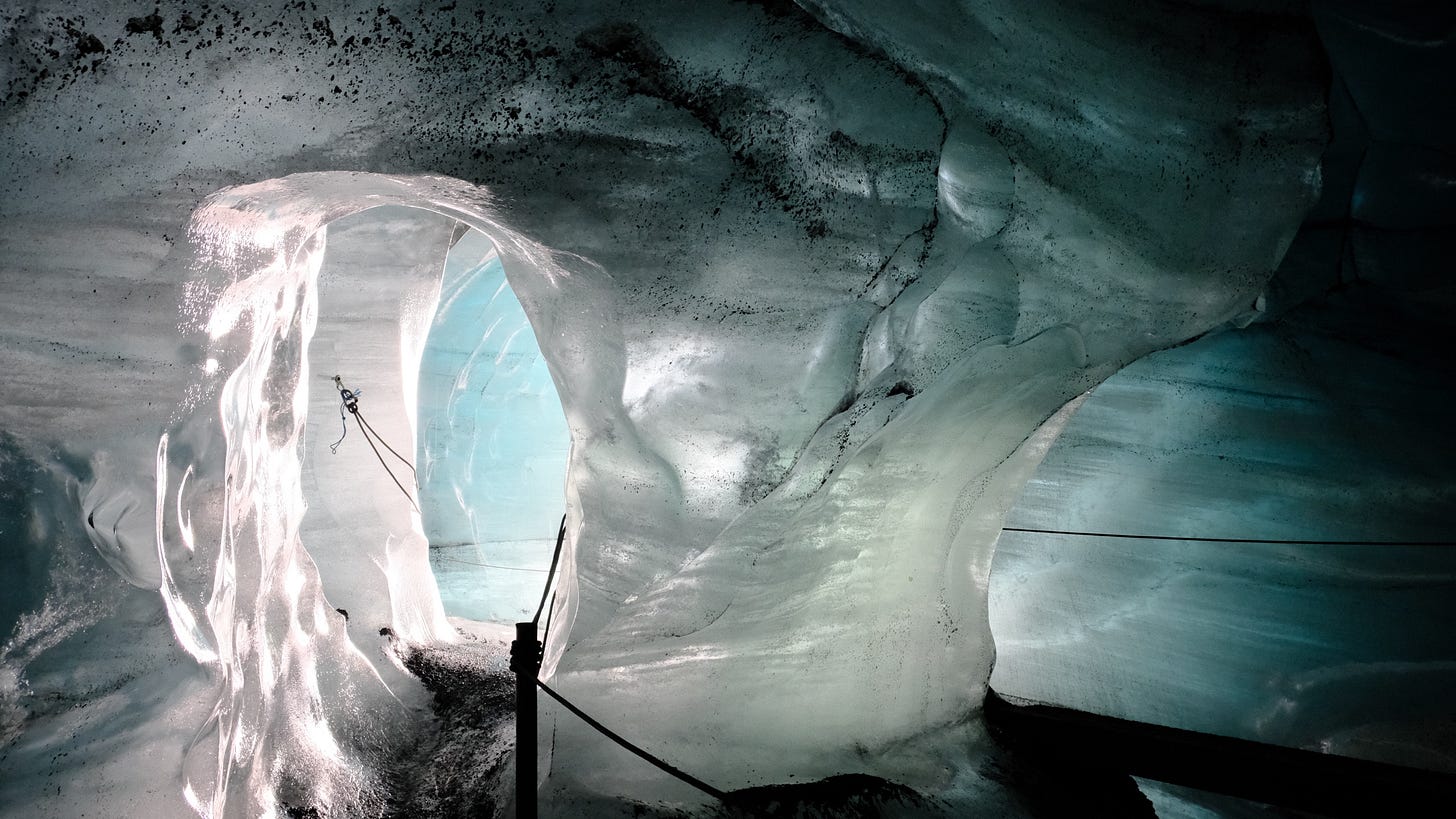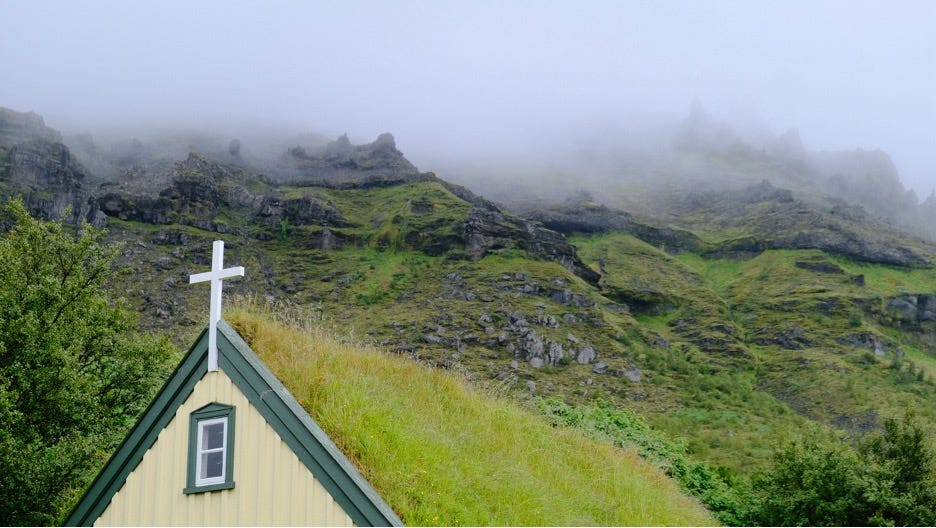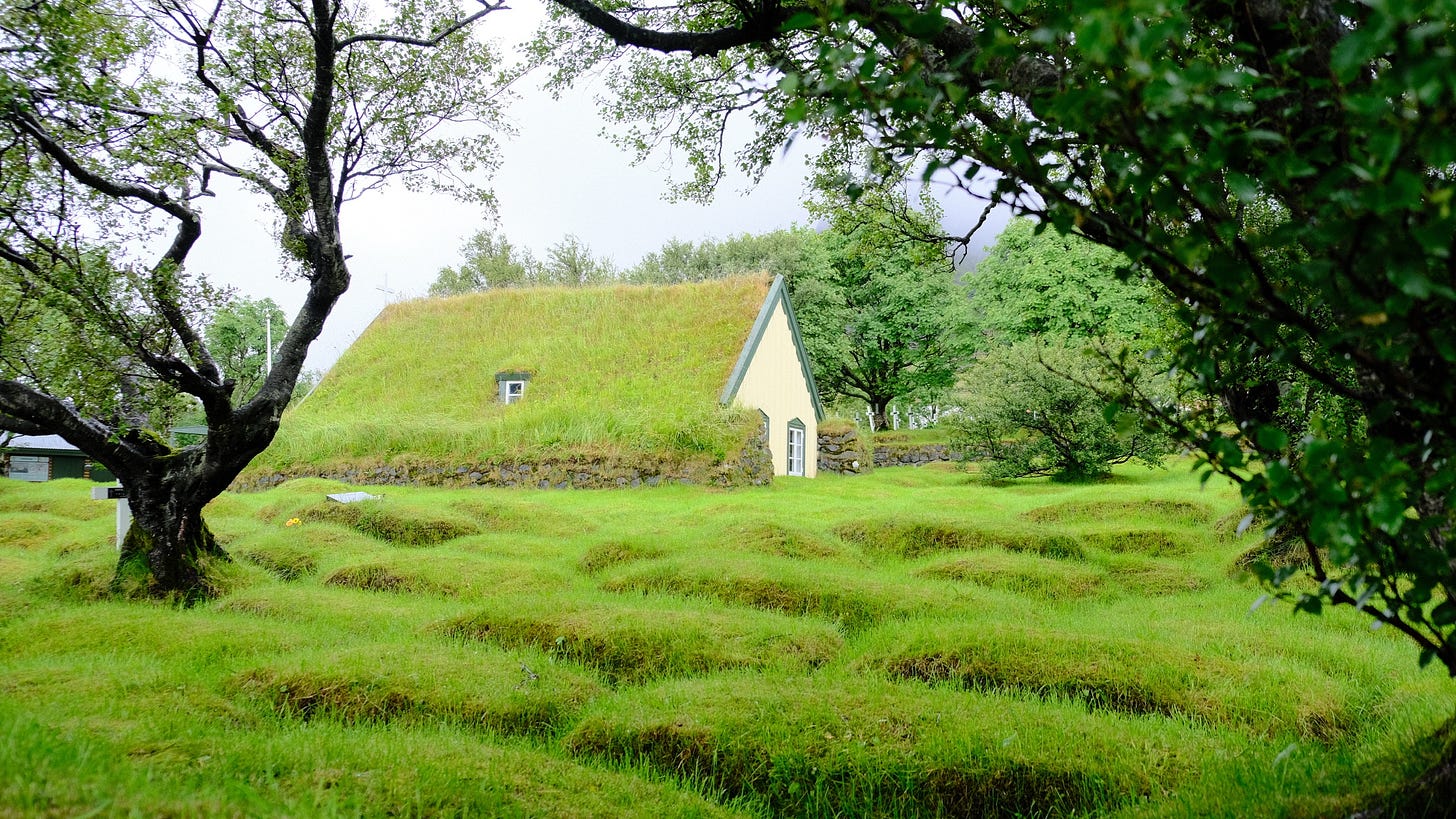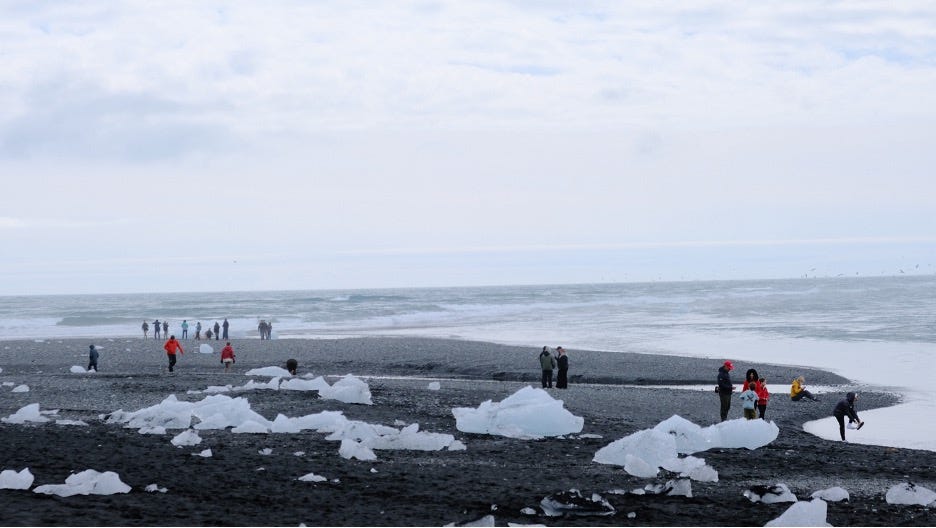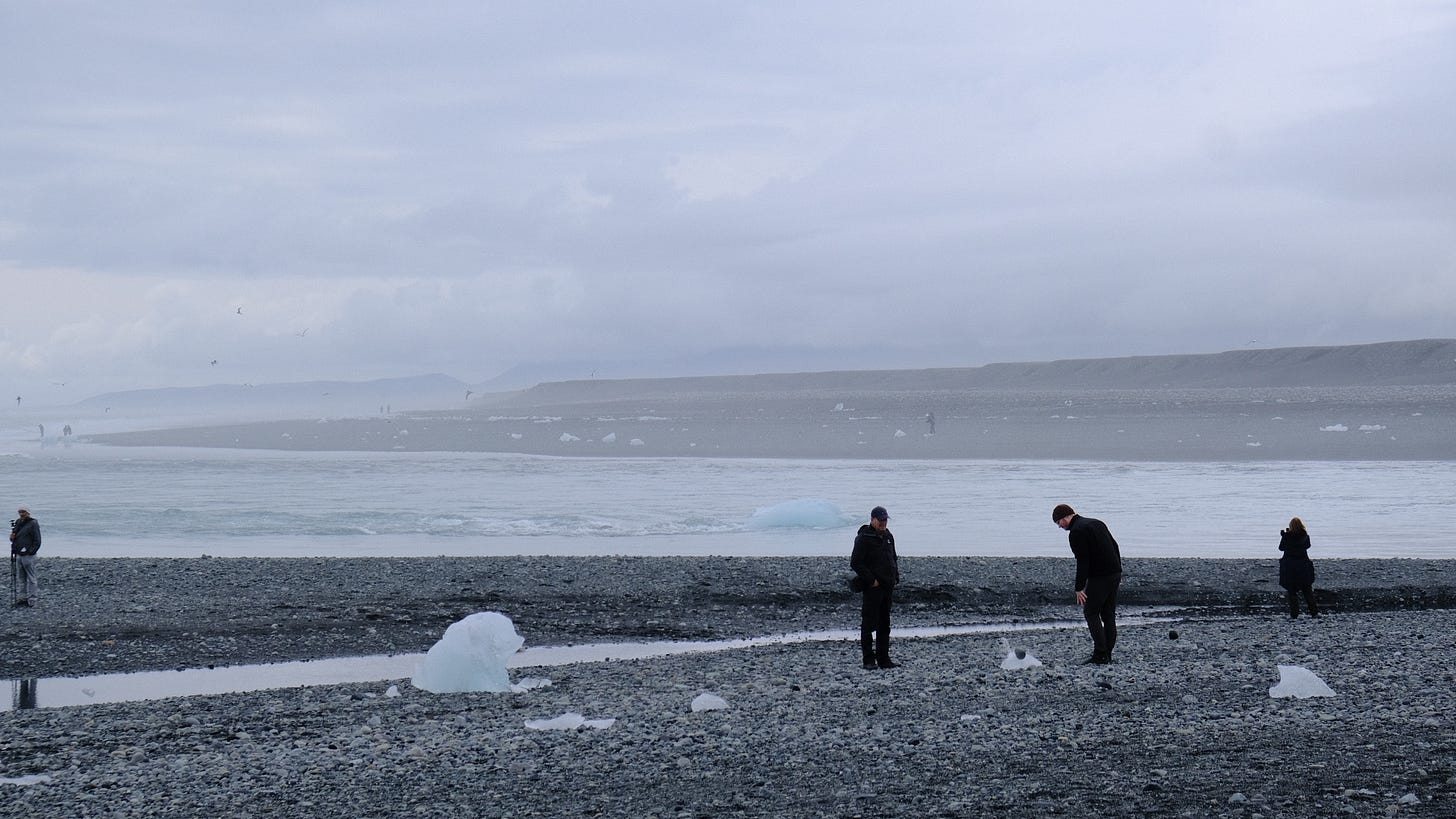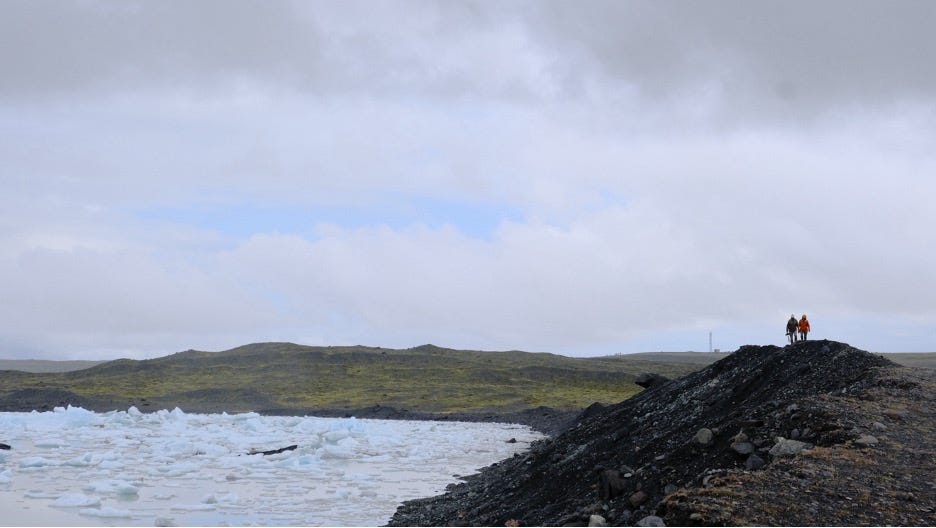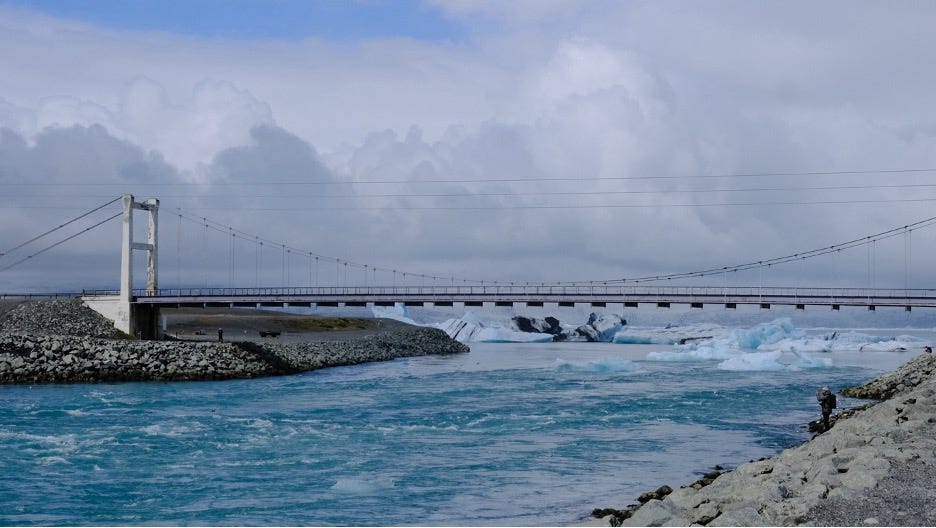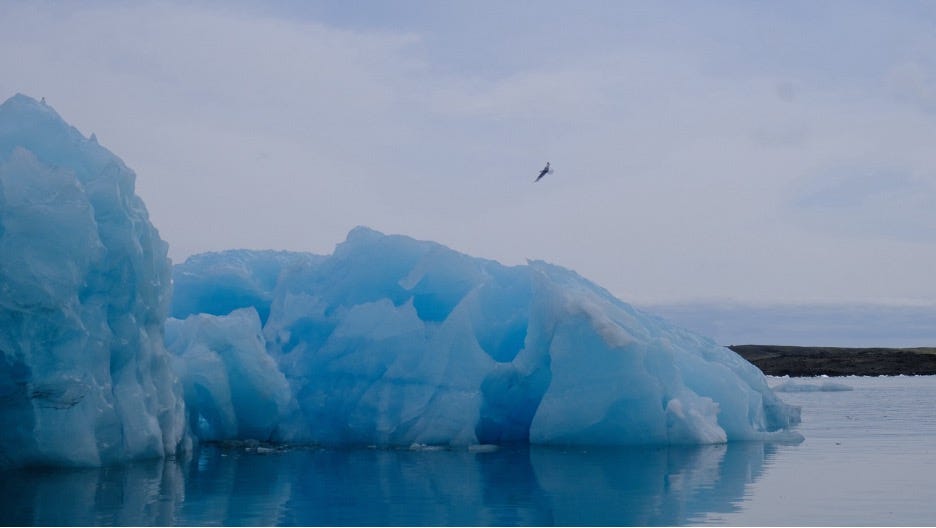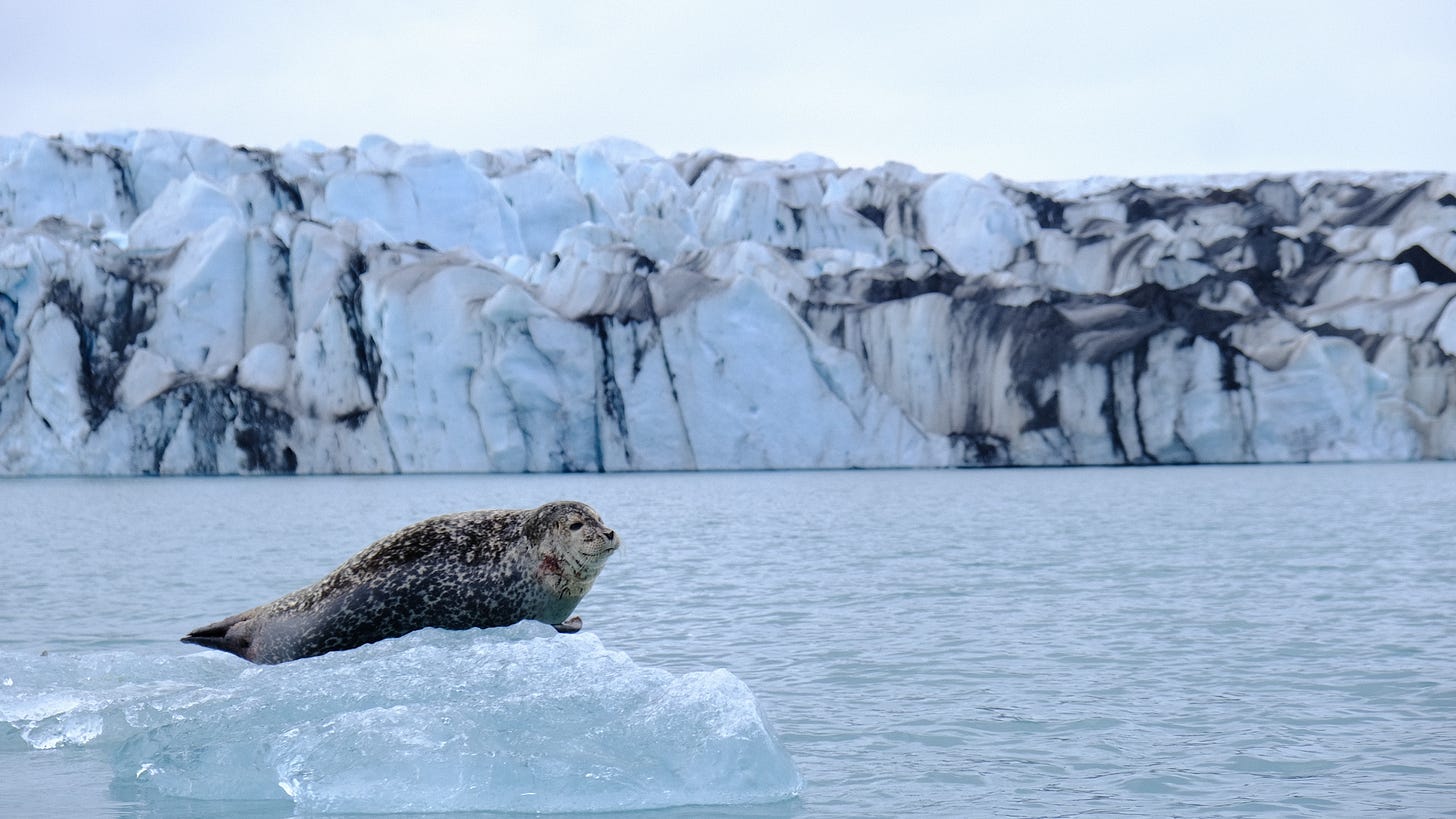A Week Gallivanting Around Iceland
Mostly photos and some text from my trip to Iceland last week.
A couple notes: I’m an amateur photographer, and I’m refusing to edit these photos. And I’m including far too many of them because I like them all. Set your expectations now.
DAY 0: The Blue Lagoon
At around 7:50pm on June 21st, my family left for JFK airport. We got through security and looked around for food. After much deliberation, we settled on a Mexican place where, upon approaching the counter, the woman working there announced “I’m only making bowls now.” So we got bowls. And then we got on the plane.
About 36% of Iceland’s population lives in Reykjavik, the capital city. That extends to 63% of the population if you count the “greater Reykjavik area,” however defined by “Statistics Iceland.” But the international airport is 30 miles south of Reykjavik, near Keflavik[1]. The story goes that, back in WWII, the United States established a military base near Keflavik to serve as a stop-over point between the US and continental Europe; they then turned that airfield over to the Icelandic government in ’51. Back when it was first built, the Icelandic people wondered why the US had chosen one of the most volcanically active places in the region to build an airport. It was built anyways, and then passed down to the Icelanders. So now Iceland’s international airport is built in one of the most volcanically active places in the region.
The flight from New York to Iceland is of one of those dangerous distances that’s long enough to offer a redeye flight but short enough where you should not take that flight. We got a sub-five-hour flight-time’s-worth of intermittent sleep. It took me until halfway through the flight to realize that my seatback actually would recline if I just pressed the button harder. Two strangers in the row in front of us engaged in spirited conversation for the flight’s duration. A man over our left shoulder provided sneezing fits like a bell tolling out the hours. And then we landed. After her first two attempts were commandeered by microphone feedback, the flight attendant bid us “welcome to the Land of Ice and Fire, Iceland.” And we were there.
I didn’t take any photos on the day we arrived. We rolled out of the plane and into a van driven by Danny, a landscape photographer from Spain. Nine years ago, after enough flights to visit and take photos, he moved here permanently. He’d be our guide for the week.
Our stop of note on day zero was the Blue Lagoon, a total tourist trap but a damn cool one. It’s a silica factory that dumps a bunch of waste into a nearby pool, except it turns out that waste is (1) incredibly blue and (2) very good for your skin.
Here’s how it looks in the brochure:
Here’s how it looks in reality (honestly it’s pretty dope):
The water is very blue. You can’t see your hands once they get like three inches underwater. I’m not a huge skincare guy, but I do think my skin felt better after wallowing in there for an hour or so. I had my first Icelandic beer. All around high marks from me.
The real highlight of the day came afterwards, on the way to Reykjavik, when we stopped at
[ REDACTED TO AVOID SPOILING FUTURE PROJECT ]
And just like that, we were, really, in Iceland.
I’m getting too wordy already — once we got to Reykjavik and moved into the hotel room, we walked around a while. Here’s what we saw.
DAY 2: Reykjavik
More photos from here on out, which means fewer words.
Reykjavik is a small city, around 160,000 people, and it’s highly walkable. Our first day in Iceland (and our only day in the Capital), we took a talking tour around the city. More specifically, a food tour — we stopped at five different restaurants and tried some local food.
I’m not a “camera eats first” kinda guy, so I don’t have photos of much food. But I can give you:
The lowlight: a traditional Icelandic delicacy, “fermented shark.” The whalers used to drag up a Greenland shark or two back in the day, a massive animal that can live past 400 years. Unfortunately, the shark doesn’t have kidneys, and it releases nitrogenous waste through its skin. But, once you take it out of the water, it can’t release that waste any longer, and it builds up in the flesh until it becomes poisonous. In layman’s terms: the meat has so much piss in it that it’ll kill you.
Luckily, historical Icelanders were resourceful, and they discovered that, if they buried the shark in the yard for a while and dug it back up, they could eat it. After a while, all the urea (piss) decays into ammonia. And so, if I had to describe the flavor of fermented shark, it’s: imagine a fish, but way tougher to chew, that tastes like you’re eating a smelling salt.
I’m not offending anyone by saying this — our guide even refused to eat it with us. It was served to us in little half-inch cubes sealed inside a glass jar to quarantine the smell. Apparently the only way you can even get the stuff now is from the tourism society, who will catch a shark now and again and ferment it. As our guide put it, “one shark feeds a lot of tourists,” and apparently nobody else.
The Highlight: These people love using dill oil. And holy shit, for good reason. There was dill oil on probably half the dishes I ate on the trip, and I was blown away how well it both added a layer and balanced the dish. I’ll be cooking with plenty of dill oil from here onward.[2]
Here’s a fish stew with dill oil on top — delightful!
Some information from the tour:
- Most of the agriculture is livestock-oriented — it’s really tough to get things to grow in Iceland. But the ancient Icelanders “were a stubborn people” who didn’t take no for an answer when it came to beer, and so they’ve found ways to grow barley and a little wheat to brew Gull, Iceland’s beer.
- The nation got its independence in 1944, before which it was Danish. Before that, it was Norwegian. Before that, things got complicated, resulting in a civil war in the 13th century between a bunch of Vikings — after which they turned over power to the Nordic king to keep the peace.
- The “Althing”, or Icelandic Parliament, established in the year 930, is the oldest parliament in the world — making Iceland perhaps the first national democracy.
- There’s an Icelandic pop-star, Laufey, making real waves recently. She was a cello soloist in the Iceland Symphony Orchestra at 15, then studied at the Berklee College of Music, and now has achieved some real commercial success as a singer-songwriter. Apparently she’s very much down-to-earth, runs a book club for her fans — is just very easy to root for.
- Iceland doesn’t participate in daylight savings time. During the summer — including the entirety of our trip — the sun never gets more than a few degrees below the horizon, and it’s effectively light out 24/7. During the winter, there’s about four hours of daylight. There’s no need to change the clocks — “it’s either light or it’s dark.”
- If you need anything, you need to come to Reykjavik. Apparently there was a man from a rural area who’d made it to 60-70 years old without ever going to Reykjavik, and he was interviewed on TV multiple times. And then, because of a health problem, he ended up needing to go to Reykjavik anyways.
Here’s some shots to give you a feel for the city (it’s a cool Scandinavian-feeling city):
Note: Reykjavik Chips BANGS.
I went on a walk around town later that evening, and I got obsessed with all these little geometric shapes you can find in all the buildings — I thought it was beautiful:
And then a few of the good people of Reykjavik:
DAY 2:
[ ENTIRELY REDACTED TO AVOID CANIBALIZING SOMETHING UPCOMING AND REALLY COOL ]
DAY 3:
Day three we went to a place called the Golden Circle. To be honest, I’m not 100% sure why it’s called that — I just assumed it’s because the viewpoint was circular and cool enough to be called golden. If there’s something else to it, that’s lost on me — apologies.
Two things of note here.
1. It’s a badass view. That’s pretty self-explanatory.
2. The rift you see is the meeting point of two tectonic plates, the North American plate and the Eurasian plate. That space you walk between is straight between two massive tectonic plates. Which is also pretty cool.
Also on the itinerary: a tomato farm.
Iceland imports the lion’s share of its produce (obviously), and there were some complaints that it wasn’t the freshest and most flavorful. There’s a former horse farm that decided to tackle this by building a greenhouse and finding ways to grow tomatoes. Energy is dirt cheap in Iceland (mostly coming from geothermal or from hydroelectric dams in the zillion rivers), and they keep bright sodium bulbs going nearly 24/7 while water from a nearby hot spring runs in pipes along the ground, keeping the place warm.
As it turns out, they got pretty damn good at growing tomatoes. So good, in fact, that they’re no longer a horse farm that grows tomatoes but a tomato farm that raises horses. Their operation has grown bit by bit until today, where they grow about twenty percent of Iceland’s total tomato consumption. Seriously. One in five tomatoes in the whole country are grown domestically, indoors, as part of one of the cooler capital-O Operation’s you’ll see.
And the tomatoes are the best I’ve ever had.
It doesn’t photograph too well on account of the sodium lighting, but:
This was the best tomato soup I’ve ever had and it’s not close.
DAY 4:
Author’s Note: Connor from the present here. Flight into JAX last night got cancelled, and I only got here via Orlando at 4am. On a flight that was too turbulent to use large electronic devices, no less.. The kid is running on fumes and will let the photos do a little more of the talking from here on out.
Our fourth day, we saw a bunch of dope ass waterfalls in the country’s southeast. One of them you can walk behind:
And then the other waterfall was just straight up enormous:
This was about the time that I realized that taking photos of other tourists was usually more interesting than just taking photos of the thing we’re all touristing about:
Then, in my opinion, the highlight of the trip.
Iceland has four large glaciers, the largest of which is Vatnajökull in the south of the country. It’s the second largest glacier in Europe, nearly 3000 square miles, and 1000m thick. Off the south of the glacier, there’s an arm that’s been continuously covered in volcanic ash for … I’m not sure how long, but a long while. And so now the glacier looks like this:
At that top of that photo, you’ll see an ice cave. These caves form when water pools on the glacier’s surface and try to flow down. Gravity is a hell of a drug, and they’ll find little crevices until they get to ground level. As water flows through these cracks over time, they carve out these spectacular caves in the ice, eventually getting large enough to walk around in:
This is our guide, Helga.
Helga might be the funniest person I’ve ever met. She started blasting AC/DC’s “Highway to Hell” on the way to the glacier, then says, “the company doesn’t like it when I play that, but, you know.” As far as corporate is concerned: Helga made my whole trip, and for the rest of it all: I ain’t no snitch.
Except for this. She told us that we might see an arctic fox that’d been hanging around camp. “Someone’s been feeding it,” she said disdainfully. As soon as we pull in, a fox runs into the lot, and Helga starts throwing it walnuts.
She told us that, during the party after the annual sheep roundup, her brother-in-law found a fox running around near the sheep and threatened to kill it. She wouldn’t let that happen. And so she woke up the next day with a massive hangover and a pet fox. She took it back to her apartment — “because, you know, I finish what I start” — where it ran around for two days, biting her legs and scaring her kids, until it escaped through a window. An hour later, the news started broadcasting that there was a fox running around the city, “because they’re like super illegal or whatever,” and she basically side-eyed her way around the city until her cover was clear. And that was the story of the fox.
DAY 6:
Our last day of the trip.
First, a cool church:
Then we went to a black sand beach called Diamond Beach (the exposition here is going to tail off quite a bit, but like, everyone just took 4th of July jello shots and a black sand beach kinda speaks for itself).
(This guy threw a rock at a piece of ice and it exploded a bit. Dude stuff. Nice.)
And lastly, a glacier lagoon. Here, that massive glacier from before meets a body of melted water, and pieces of the glacier break off and drift away as icebergs.
And lastly: a seal!
That’s all for now. Cheers everyone — Happy Fourth!
[1] “Vik” means “bay” in Icelandic. Since, historically speaking, it’s mostly a fishing economy, most towns are established on bays. And so most towns are called “—vik.” One town, in the south, is just “Vik.”
[2] Ha! Who are we kidding — 85% of my dinners will still be ground turkey cooked up in a pan with salt, pepper, and nutmeg, served on a bed of microwave-bag rice. Bone app the teeth!





